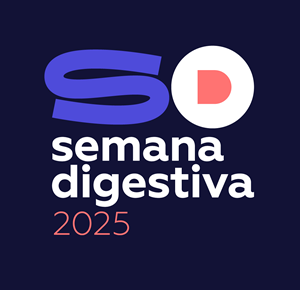A retrospective data analysis of all consecutive esophageal and EGJ lesions treated by ESD from October 2014 to December 2021 was made. The results were evaluated in terms of en bloc, R0 and curative resection rates, as well as complications and recurrence rates.The analysis included 49 lesions from 47 patients (mean age 64-year-old [37-84]; M/F 39/10), divided in 32 esophageal neoplasms and 17 EGJ neoplasms. Regarding esophageal neoplasms, 17 squamous cells neoplasms, 10 neoplasms in Barret’s esophagus, 3 granular cell tumors and 1 esophageal papilloma were resected, with 1 resection considered non-feasible due to signs of invasion during the procedure. Mean resected specimen size was 44 mm [12-90]. Overall, en bloc resection rate was 100% (48/48), R0-rate was 77% (38/48) and curative resection rate was 63% (31/49). There were no immediate complications such as bleding or perforation. Esophageal stricture was reported in 7 patients (14%), with 5 patients having complete circumferential resection and 2 patients having at least 80% of circumference resected. During the mean follow-up of 44 months [4-91], no recurrence was observed. This analysis showed that ESD esophageal and EGJ neoplasms in this center achieved excellent en bloc resection rates and moderate curative resection rates. Above all this, it was an extremely safe procedure with stenosis being the only complication.

 Semana Digestiva 2025 | Todos os direitos reservados
Semana Digestiva 2025 | Todos os direitos reservados